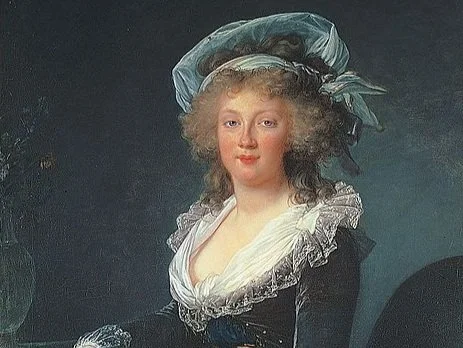Haydn Mass for Maria Theresa
Maria Theresa of the Two Sicilies
Haydn wrote his Theresienmesse in B flat major for the name day of Princess Esterházy in the summer of 1799 and it was first performed in the Bergkirche at Eisenstadt. On that day there was said to have been a banquet at which the Prince drank to Haydn’s health. Rosenbaum (a former secretary of the Esterházy family) noted in his diary that there was also Turkish music performed in the square followed by the performance of a French play.
The work is named after Maria Theresa of the Two Sicilies, Empress consort of Francis II who was one of the most important music patrons of the day. The Empress herself was the soprano soloist at private performances of both The Creation and The Seasons in May 1801 at the Viennese Court. It is possible that she was also the soloist in private for this work as well. But it is not documented as far as we know. The first mention of the title of the work can only be traced back as far as 1815.
The mass is scored for solo vocal quartet, chorus, strings, two clarinets, two trumpets, timpani and organ continuo. Interestingly there are no oboes, bassoons, horns, or flutes in the work - which is probably due to the availability of musicians at the particular time that the work was composed.
LISTEN HERE:
Copyright © 2020 Australian Haydn Ensemble Inc. All rights reserved.

